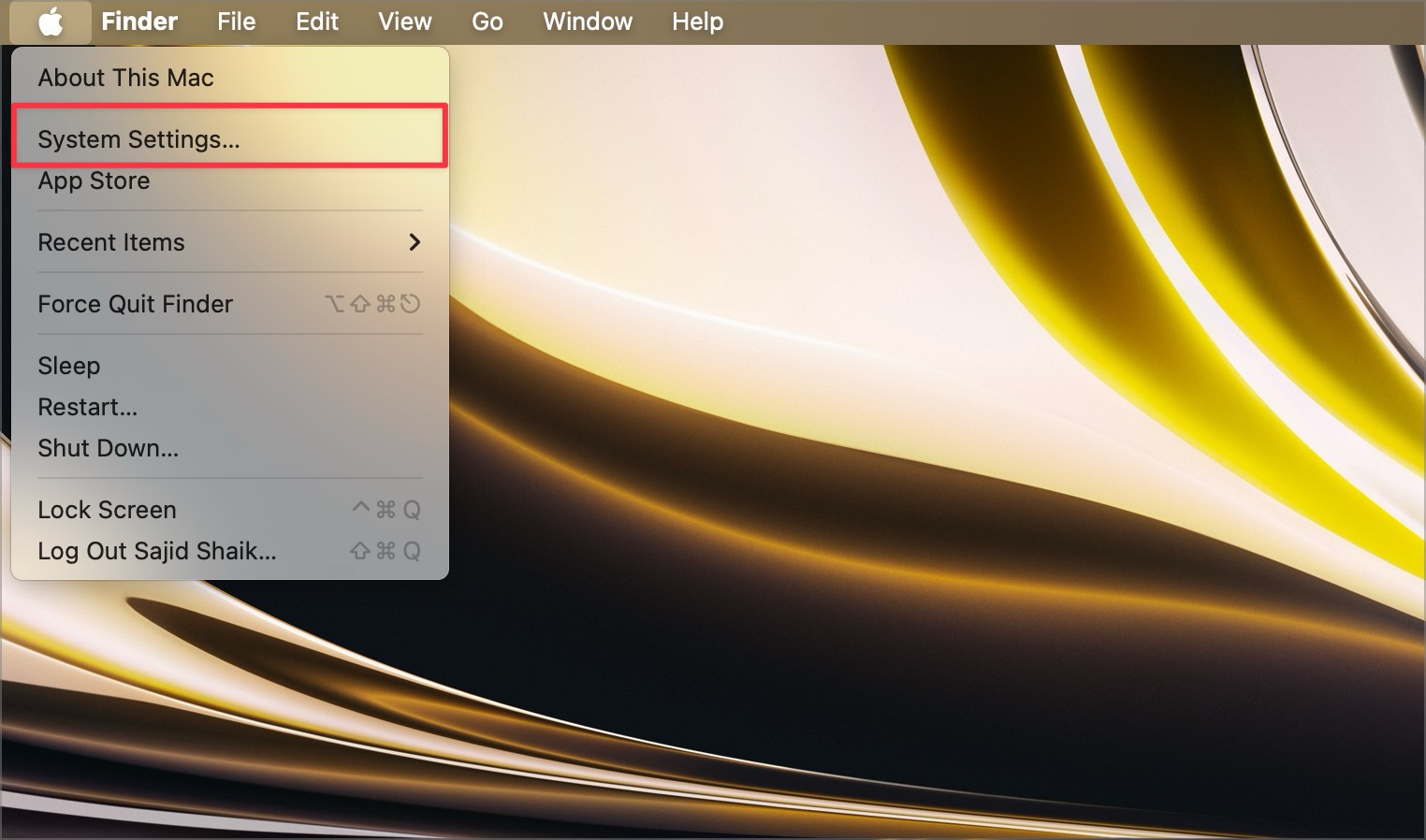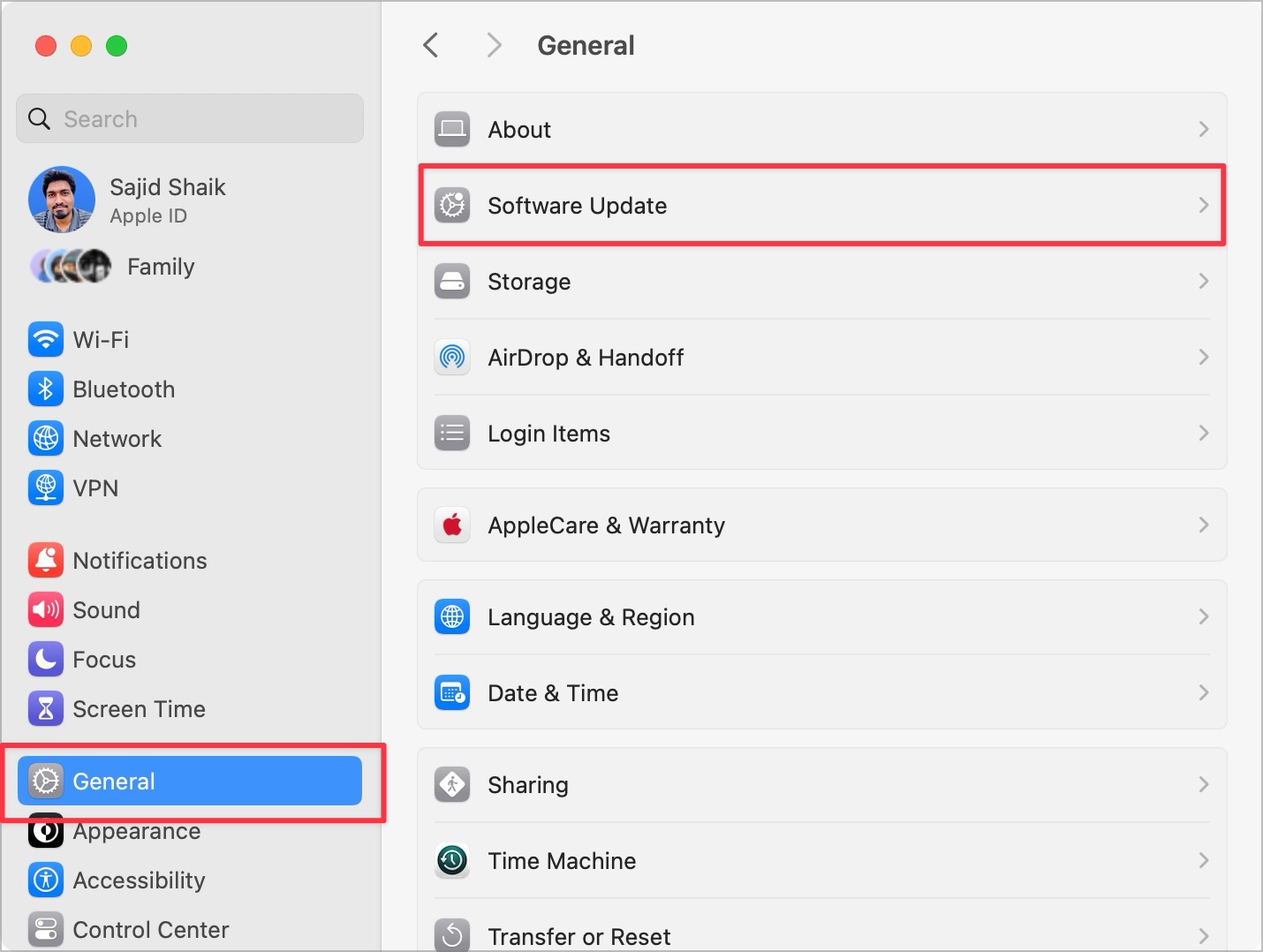How to Fix MacBook Keyboard Not Working Issue
Is your MacBook keyboard suddenly not working? It’s annoying when you want to do something important and this happens. Although Apple makes excellent devices, rarely some problems can occur. Fortunately, there are multiple ways to fix keyboard problems on your MacBook. In this guide, we will show you how to fix the MacBook keyboard not working issue.
Recommendation: WordPress Professional LMS Education Theme EduMall
Fix MacBook not responding to keystrokes
There are a variety of ways to fix this problem; these are all effortless methods and you don’t have to worry about them. Here are the troubleshooting methods to fix MacBook keyboard stopped responding:
1. Clean the keyboard
If you don’t keep your MacBook clean, your MacBook keyboard will most likely accumulate dust over time. As a result, the connection between the keyboard buttons and the motherboard will not be established. To fix it, all you have to do is clean your MacBook, especially the keyboard.
2. Restart your MacBook
When something goes wrong, restarting is one of the easiest ways to fix it. Restarting your Mac refreshes the RAM and resets other aspects, including the operating system. So if your keyboard isn’t working due to a bug, a simple restart might fix it. However, here’s how you can restart your Mac:
1.Click the Apple menu () in the upper-left corner of your display.
2.Select Restart from the options provided.

Your Mac will restart and the keyboard issue should be resolved after restarting. If the problem persists, continue to try the following troubleshooting methods.
3. Charge your MacBook
Your MacBook keyboard may not be getting enough power. This may be caused by the MacBook’s low battery. You can simply plug the charger into your Mac. Once fully charged, your MacBook’s keyboard should start working normally again.
4. Delete Recently Installed Apps
If you recently installed any apps, some of them may be interfering with your MacBook keyboard. An easy way to fix this is to uninstall recently installed apps one by one to see which one is causing the keyboard to stop working.
You can remove most apps by opening the Applications folder from the Finder, selecting the app you want to remove, and then pressing Cmd (⌘) + Delete. Alternatively, you can right-click or double-click the application and select Move to Trash.

Once you find the application that is causing the problem, you can stop uninstalling the application. Additionally, you can reinstall other apps that you uninstalled, except the one that caused the problem.
5. Change your keyboard layout
If you are typing a letter and receive another one, there is no need to worry because your keyboard is still working and intact. This happens when you use different keyboard layouts on your Mac. To change the keyboard layout on your Mac to the default layout, follow these steps:
1.Open System Settings from the Apple menu () in the upper-left corner of your display.

2.Select Keyboard from the left pane.
3.Click Edit next to “Input Source” under “Text Input” in the right pane.

4.Choose a different keyboard layout (not the default one). For example, another keyboard layout in our case is Dvorak.
5.Click the minus sign (-) at the bottom.

If you have multiple keyboard layouts on your MacBook, you can click on each one and follow the steps above to remove it. After removing the extra keyboard layouts, you’ll find that your keyboard works fine. If this isn’t your issue, continue with the troubleshooting below.
6. Turn off Slow Keys on your Mac
Slow Keys is an accessibility feature in macOS that lets you adjust the duration a key needs to be pressed before it registers as a keypress. As a result, you may experience a delay in keystrokes when this feature is enabled. Fortunately, you can turn off Slow Keys on your Mac by following these simple instructions:
1. Open System Preferences on your Mac from the Apple menu ().

2.Select Accessibility from the left pane.
3.Click Keyboard in the right pane.

4. Turn off the switch next to Slow Keys.

After disabling, keystrokes should now be instant, which means your MacBook keyboard should now work properly. If you are still experiencing this issue, continue reading for other methods.
7. Disable Sticky Keys
Similar to Slow Keys, Sticky Keys is an accessibility feature on macOS that allows you to press modifier keys (such as Command, Shift, Option, function keys, etc.) one at a time instead of pressing all the keys at once. If you have this option turned on on macOS, you may experience difficulties with your MacBook keyboard. However, you can disable Sticky Keys on your Mac by following these steps:
1. Open System Settings on your Mac from the Apple menu ().

2.Select Accessibility from the left pane.
3.Click Keyboard in the right pane.

4. Turn off the switch next to Sticky Keys.

After disabling, your MacBook’s keyboard should work fine. If not, you can continue to try other troubleshooting methods in this list.
8. Update MacOS
Apple’s macOS is a great operating system that keeps improving over time. But along the way, you might encounter some bugs. Your MacBook keyboard problem could be a bug on macOS. Nonetheless, Apple fixes the bugs in its latest updates, so updating your MacBook to the latest macOS can fix these issues.
To update your MacBook, follow these simple instructions:
1.Open System Settings from the Apple menu () on your MacBook.

2.Select General from the left pane, and then select Software Update in the right pane.

3.If an update is available, click Update Now.
After the update, your Mac will restart and the keyboard problem on your MacBook will be resolved. If not, you can move on to the next troubleshooting method.
9. Reset SMC (Intel-based MacBooks only)
SMC stands for System Management Controller in MacBook, and resetting it should resolve many issues. However, SMC does not apply to Apple chip-based MacBooks, but only to Intel-based MacBooks.
Depending on your Intel MacBook model, resetting the SMC is different. Here’s how to reset the SMC on different Intel-based MacBooks:
Intel-based MacBooks from 2017 or earlier:
1.Fully shut down your MacBook.
2.Press and hold the Shift + Control + Option keys and the Power button on your keyboard simultaneously for 10 seconds.
3.Then press the power button to restart your MacBook.
2018 and later Intel-based MacBooks with a T2 chip:
1.Fully shut down your MacBook and unplug it from any connected power source.
2.Wait 15 seconds, then plug your MacBook into a power source.
3.Wait five seconds and press the power button to turn on your MacBook.
Try to use the keyboard after your MacBook is turned back on, it should work now. If not, you can try the following troubleshooting methods.
10. Contact Apple Support
If you have tried everything and nothing in this list works, then there is a good chance that there is a hardware problem with the keyboard on your MacBook. In this case, taking it to the nearest Apple Authorized Service Center or Apple Store should resolve the issue.
They will take your MacBook away for diagnosis. Later, they will mention the issue and if it is covered under warranty or Apple Care+, they will fix it for free; otherwise, they will give you a quote. A thorough diagnosis and repair of your MacBook keyboard may take 3-5 days depending on the availability of parts.
Final Thoughts
These are some of the best ways to fix your MacBook keyboard when it stops working. Most of the above troubleshooting methods should be able to resolve your MacBook keyboard issues. If not, there is a good chance that it is a hardware malfunction.
